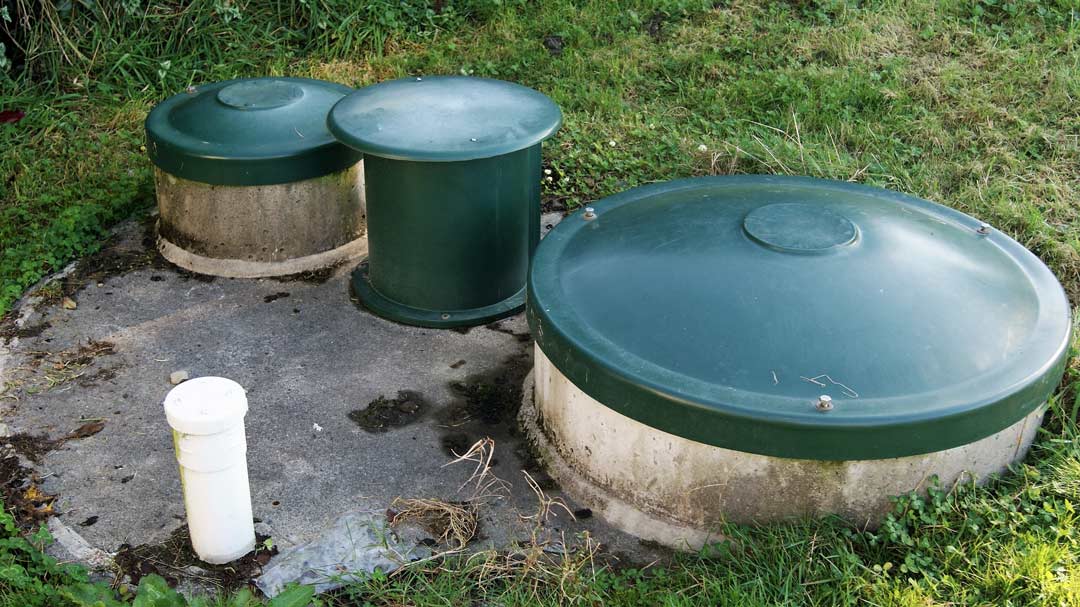
27
Septic tank risers are an essential component of any septic system, yet they are often overlooked by homeowners. These simple structures can greatly improve the functionality and maintenance of septic tanks, making septic tank pumping, septic company visits, and septic tank repairs easier and more efficient. If you have a septic system on your property, here are some important things you should know about septic tank risers.
Septic tank risers are vertical pipes that are installed on top of the septic tank to bring the access point of the tank closer to the ground surface. They are typically made of durable materials such as PVC or concrete and come in various diameters and heights. The risers are attached to the septic tank and extend vertically above the ground, providing easy access to the tank's inlet and outlet pipes, as well as the tank's access hatch.
Septic tank risers serve several crucial purposes. First, they provide convenient access points to the septic tank, eliminating the need to dig up the ground to locate the tank during routine maintenance activities like septic tank pumping or septic tank repairs. This makes the job easier and quicker for septic company technicians, saving time and effort.
Second, septic tank risers prevent damage to the septic system. Without risers, homeowners may unknowingly drive heavy equipment or park vehicles over the septic tank, causing structural damage or crushing the tank. Risers mark the location of the septic tank, ensuring that it remains undisturbed and protected from accidental damage.
Septic tank risers provide numerous benefits for homeowners. First, they eliminate the need for digging and excavating when accessing the septic tank. This can save homeowners money on labor costs, as septic company technicians can easily locate and access the tank without spending time and effort digging into the ground.
Septic tank risers also make routine maintenance tasks, such as septic tank pumping, much easier and more convenient. Homeowners can simply remove the riser cover and access the tank's inlet and outlet pipes, making the pumping process quicker and more efficient. This also allows septic company technicians to inspect the tank for any potential issues, such as leaks or cracks, during pumping, which can help identify and address problems before they become more serious and costly to repair.
Septic tank risers are typically installed during the initial septic system installation or as part of a septic tank repair or upgrade. They are attached to the septic tank's access hatch or the inlet and outlet pipes using sealing gaskets or other watertight connections to prevent any leaks. The risers are then extended vertically above the ground surface to a height that is convenient for access and marked with a cover for easy identification.
Septic tank risers are a helpful addition to your septic system. They will be beneficial and make both your and the septic company’s life easier. Contact Charlotte Septic Pros to have your own septic tank riser added today.
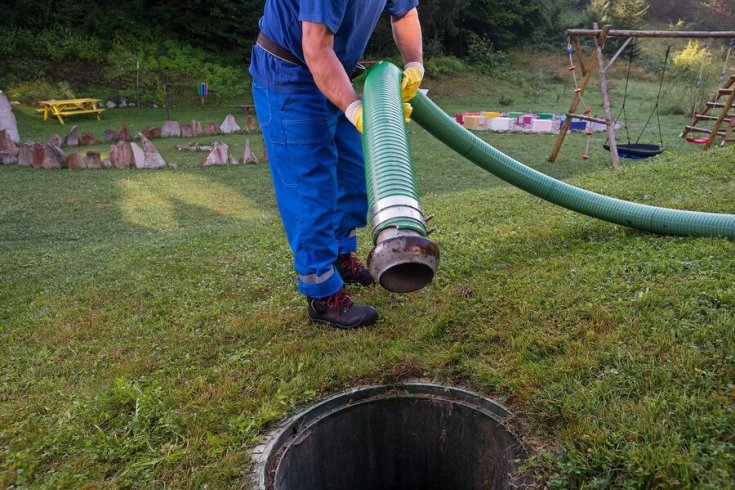
04
Early Warning Signs Your Septic Tank Needs Pumping For homeowners who rely on a septic system, routine maintenance is not…
Read more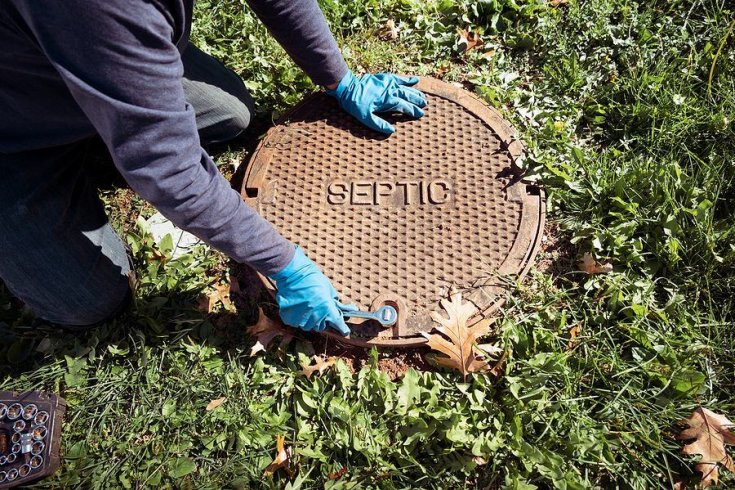
29
Why Does My Septic System Smell Fine One Day and Terrible the Next? If you own a home with a…
Read more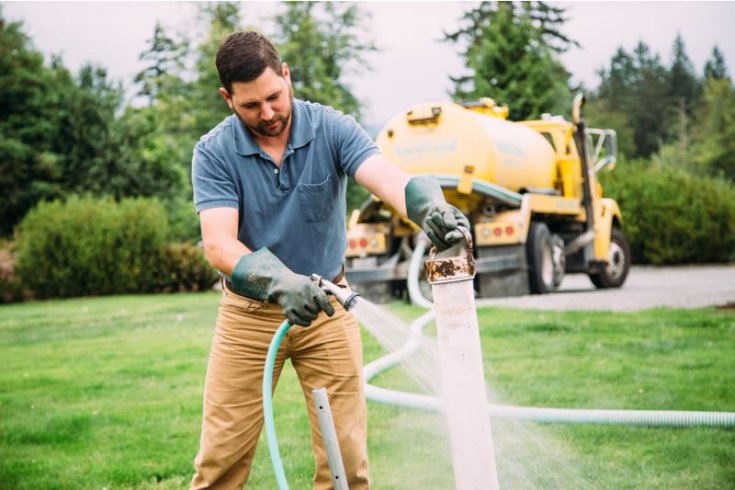
19
Is Your Septic System Overdue? Simple Home Checks You Can Do Today For many homeowners, the septic system is a…
Read more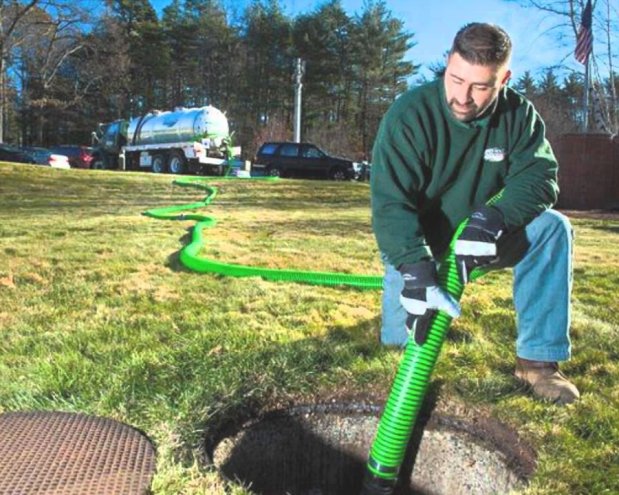
13
5 Signs Your Septic Tank Is Overdue for Pumping Your septic system works quietly behind the scenes, managing wastewater from…
Read more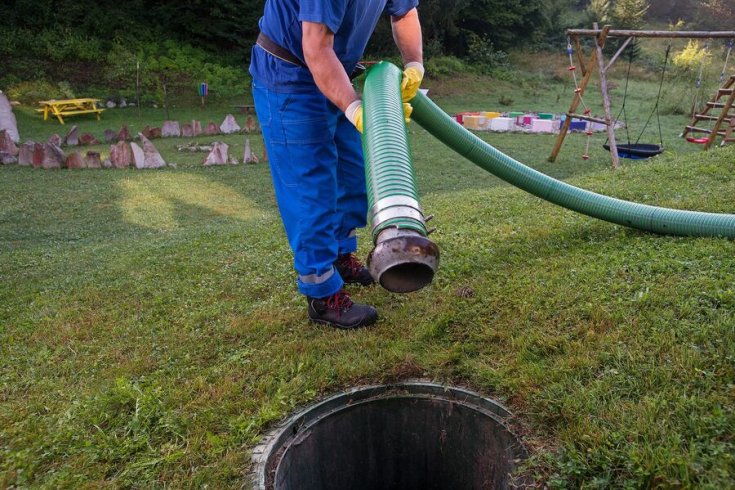
07
Do Septic Additives Really Work? Septic additives are everywhere. You’ll see them at hardware stores, advertised online, and often recommended…
Read more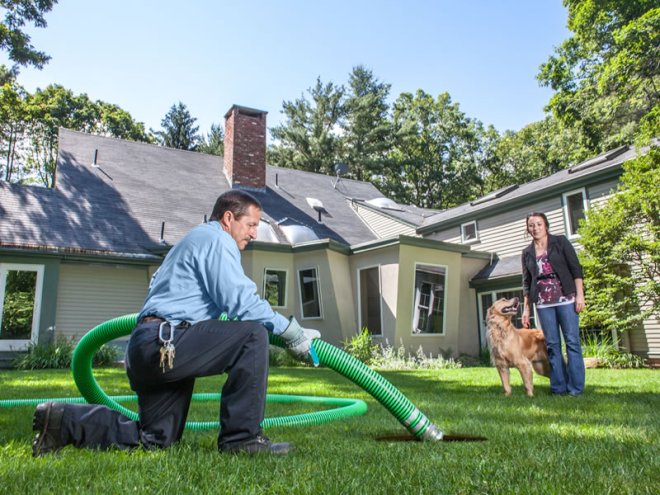
29
5 Things You’re Doing Every Day That Fill Up Your Septic Tank Faster Your septic system works quietly in the…
Read more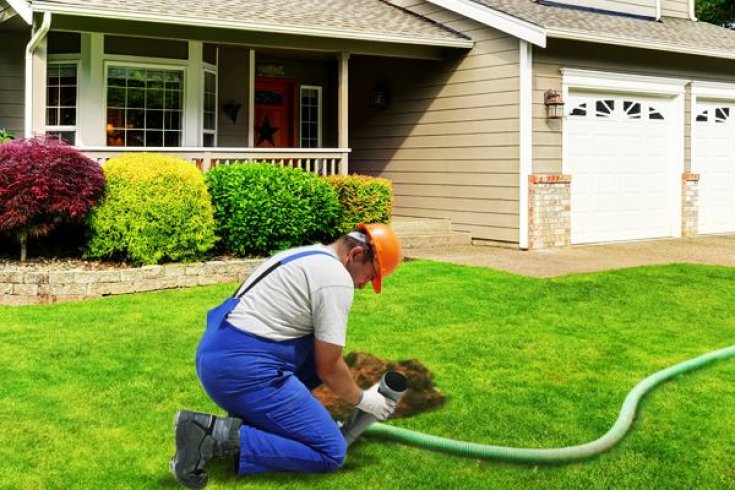
21
Is It Normal for Grass to Grow Greener Over My Septic Tank? If you’ve noticed a patch of grass in…
Read more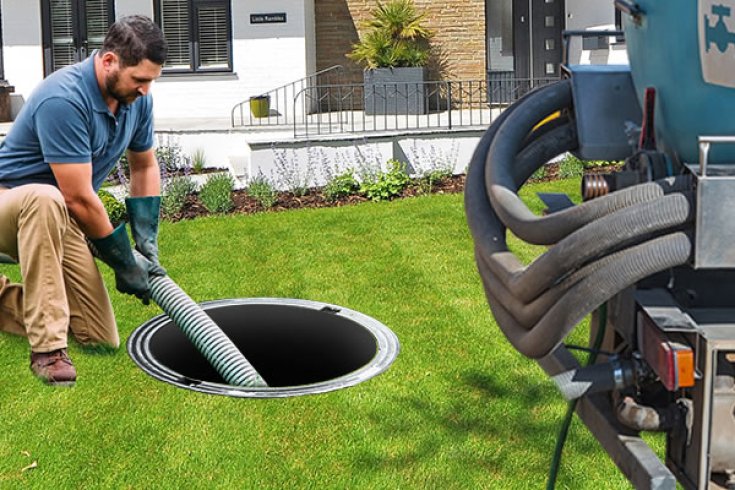
16
Why You Shouldn’t Wait Too Long to Pump Your Septic Tank A septic system works tirelessly behind the scenes to…
Read more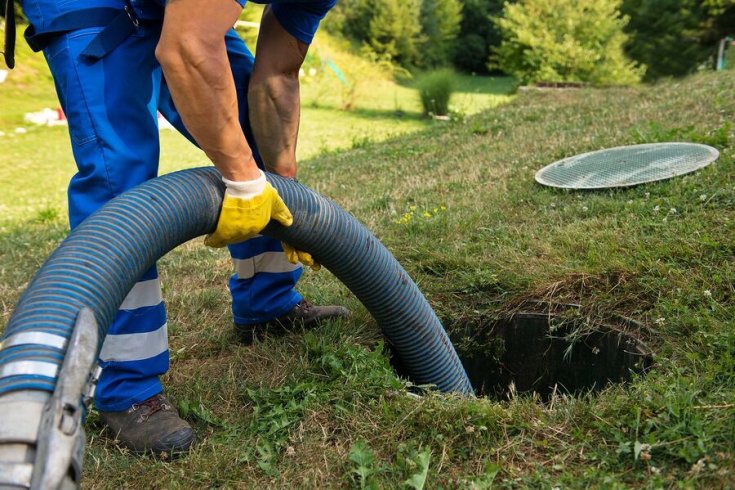
07
Septic Tank Smells? Let’s Talk About What’s Really Going on Underground A septic system is designed to manage wastewater efficiently…
Read more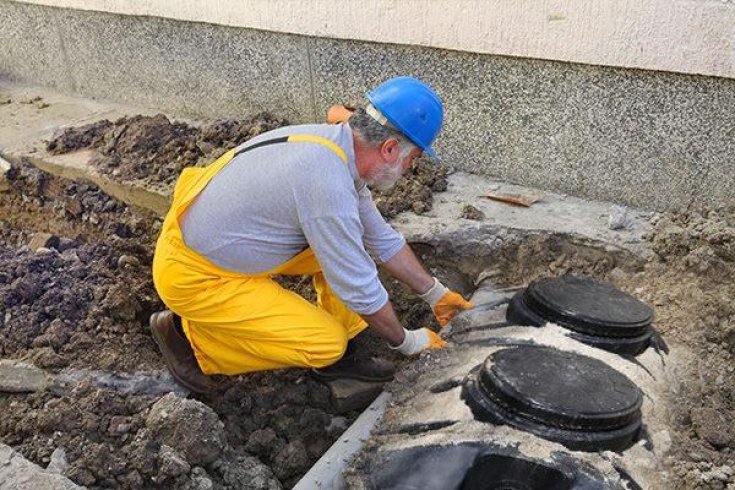
31
Why Neglecting Your Septic Tank Can Affect Your Yard, Home, and Health A well-functioning septic system is essential for managing…
Read more